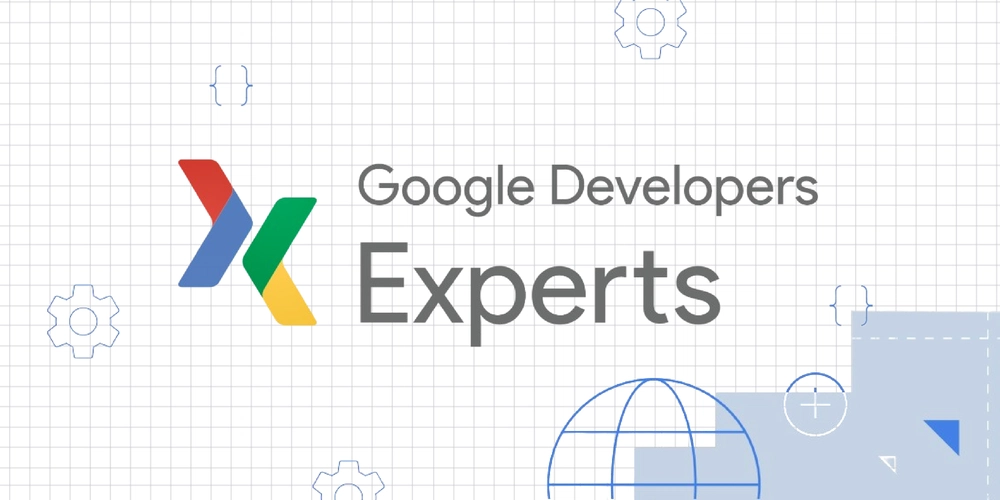Build Lightweight Java Apps with Quarkus: A Developer's Guide
Are you tired of bulky Java applications that take forever to start up? Do you want to build efficient, cloud-native applications with the Java standards you love? This article dives into Quarkus, the supersonic subatomic Java framework, and how it can revolutionize your development process. If you are trying to optimise your Java Application performance or looking to utilise Cloud Native Java, this article is for you.
What is Quarkus? Supersonic Subatomic Java Explained
Quarkus is a Kubernetes Native Java framework designed for building microservices, serverless functions, and cloud-native applications. It's built to minimize resource consumption and provide lightning-fast startup times, making it ideal for modern application development. Quarkus achieves this through a combination of ahead-of-time (AOT) compilation and build-time processing.
Key Benefits of Using Quarkus for Java Development
Why should you consider Quarkus for your next Java project? Here are some compelling reasons:
- Faster Startup Times: Applications start in milliseconds, reducing cold start latency.
- Lower Memory Footprint: Optimized for minimal resource usage, saving on infrastructure costs.
- Developer Productivity: Live coding, hot reloading, and simplified configuration enhance the development experience.
- Cloud-Native Focus: Built to seamlessly integrate with Kubernetes and other cloud environments.
- Standards-Based: Uses familiar Java standards like JPA, JAX-RS, and CDI.
Unleash Container-First Java Application Development
Quarkus embraces a "container-first" approach, meaning it's designed from the ground up to be deployed in containers. This results in:
- Smaller Container Images: Reduced image sizes lead to faster deployment and lower storage costs.
- Optimal Resource Utilization: Efficient resource consumption translates to higher density and lower operational costs.
- Improved Scalability: Faster startup times enable quicker scaling in response to demand.
Streamline Development with Unifed Imperative and Reactive Programming
Quarkus unifies imperative and reactive programming models, allowing developers to choose the best approach for their specific needs.
- Imperative Programming: Traditional, synchronous code that's easy to understand and debug.
- Reactive Programming: Asynchronous, non-blocking code that's ideal for handling high concurrency and I/O-bound operations.
Quarkus supports both styles, giving you the flexibility to build a wide range of applications.
Leverage Existing Standards and Frameworks
Quarkus is built on top of the Java standards and frameworks you already know and love, including:
- RESTEasy (JAX-RS)
- Hibernate ORM (JPA)
- Netty
- Eclipse Vert.x
- Eclipse MicroProfile
- Apache Camel
This makes it easy to get started with Quarkus without having to learn a completely new ecosystem.
How to Get Started with Quarkus
Ready to dive in? Here's how to get started with Quarkus:
- Visit the Quarkus Website: Go to quarkus.io for documentation, guides, and tutorials.
- Use the Quarkus CLI: The Quarkus command-line interface simplifies project creation and management.
- Explore the Guides: The Quarkus guides cover a wide range of topics, from basic setup to advanced features.
- Join the Community: Connect with other Quarkus developers on the Zulip chat or GitHub.
Learn More About Quarkus and Cloud Native Java
Quarkus is a game-changer for Java development in the cloud. Its fast startup times, low memory footprint, and developer-friendly features make it a compelling choice for building modern applications and optimizing Java application performance. Explore the resources mentioned above and start building with Quarkus today!
.png)







